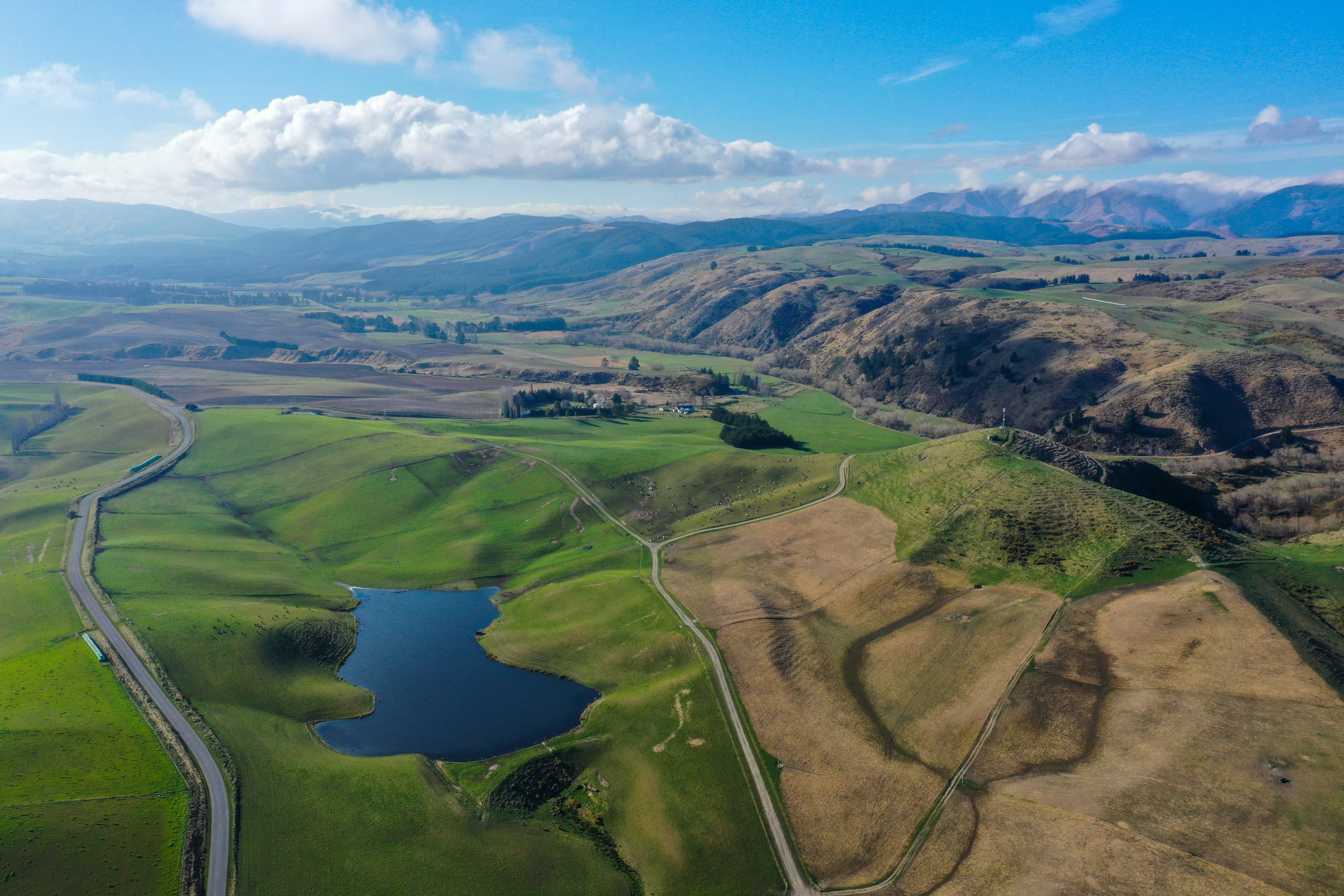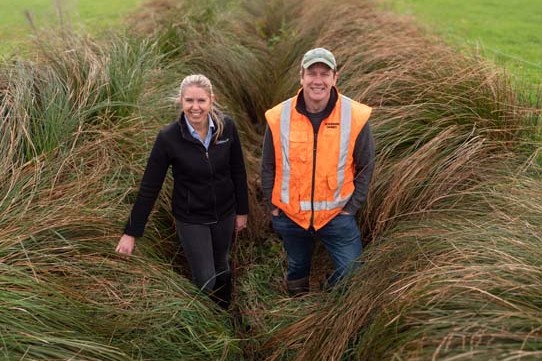Climate change has produced a range of responses from local and national governments, Keri Johnston writes.
As I write this, a third New Zealand regional council has just voted to declare a “Climate Change Emergency”. More than 400 councils worldwide that have done the same – 17 in Australia, 96 in the United Kingdom, 382 in Canada and 16 in the United States.
There is no single definition of what declaring a Climate Change Emergency actually means. It appears to be largely symbolic and is supposed to have the objective of sending a message that climate change needs to be taken seriously and action is needed. It could also be said it is just adding another layer of red tape and bureaucracy to an already complex issue!
The Government has clearly stated its commitment to acting on climate change. The international agreement that NZ is a party to (the Paris Agreement) means our government has an economy-wide target to reduce absolute greenhouse gas emissions by 30% below 2005 levels by 2030.
Our current Government’s tool for giving effect to the Paris Agreement is the Zero Carbon Bill. In discussion documents, it describes addressing climate change as “an extraordinary opportunity to upgrade our economy, not just to be ‘clean and green’ but also more productive, more resilient and better paid.” It is expected that the bill will be passed into law by the end of the year.
So, what is the deal with climate change?
Damage from extreme weather events such as flooding, droughts and wildfires, is costly and disruptive. NZ is no stranger to dramatic weather, however, but the frequency and severity of these events are increasing. The general view is that these will continue to increase while we continue to add large amounts of greenhouse gases to the atmosphere.
As a country, we contribute less than 1% to global emissions (0.17% in fact), but our per-head emissions are high compared to similar economies in the developed world.
What is farming’s contribution to this? Nearly half of NZ’s emissions come from agriculture. This is because a large proportion of our energy comes from renewable sources such as hydro and wind. Given this, we have a unique greenhouse gas profile when compared to other developed countries around the world because agriculture is a significant part of our economy.
Nearly a quarter of the agricultural emissions comes from biological emissions (ie: nitrous oxide and methane). Between 1990 and 2017, agricultural emissions increased by 13.5%. In comparison, carbon dioxide from energy, including transport, electricity and manufacturing, have increased by about 38% in the same time period.
To compare agricultural emissions to other sectors, methane and nitrous oxide gases are converted into carbon dioxide equivalents as these two gases have a very different life span and effect in the atmosphere.
Methane is produced by ruminants (cows and sheep) by methanogen microbes that are naturally present in the rumen. Most of it is emitted when animals burp, and it is directly related to the total feed intake for a farm.
Nitrous oxide is emitted from the soil when urine, faeces and fertilisers are broken down by microbes in the soil. Nitrous oxide is a long-lived gas –
basically it remains in the atmosphere for a long time (hundreds to thousands of years).
In contrast, methane is short-lived it only lasts in the atmosphere for about 12 years but is 25 times more potent that carbon dioxide at warming the planet. However, because of the fact it is short-lived, if methane emissions are kept stable, the warming effect of methane will not increase.
It is clear that Government direction is for agricultural emissions to reduce, even methane. The Zero Carbon Bill has now had its first reading. Is this the extraordinary opportunity the Government would like us to believe? Or will the reduction targets set out of the bill process result in an unfair burden on the agricultural sector?
- First printed in July Country-Wide 2019.
- Keri Johnston is aural resources engineer with Irricon Resource Solutions.





